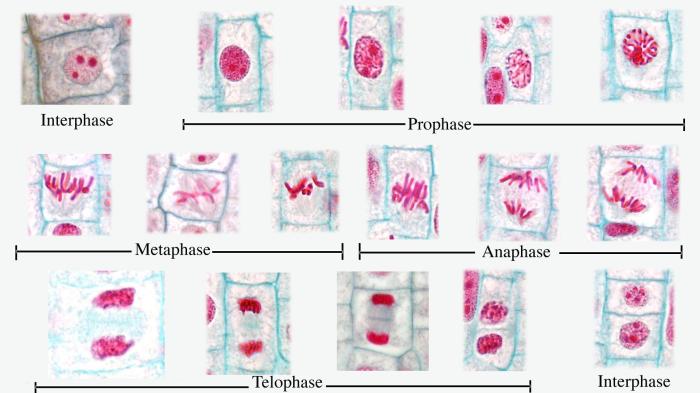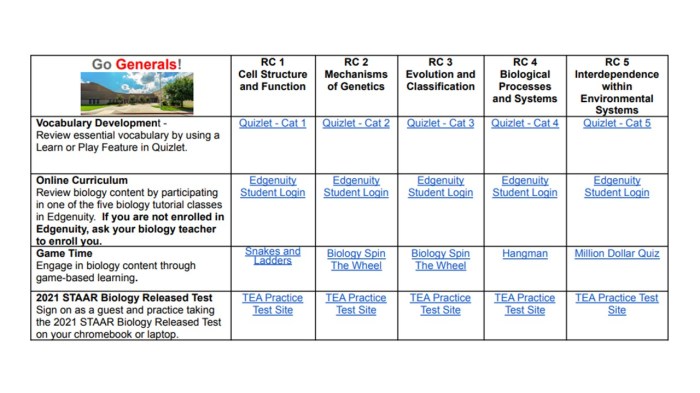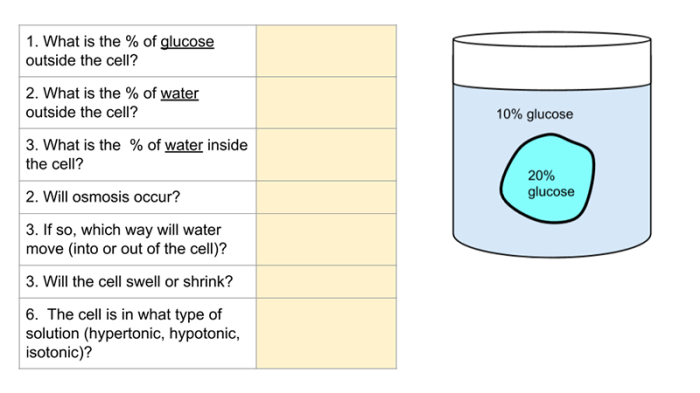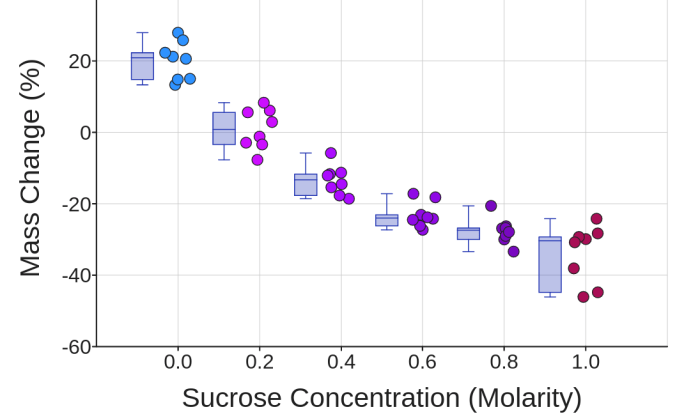Unraveling the intricate dance of mitosis, the Mitosis Lab Onion Root Tip Answers serves as an illuminating guide, providing a comprehensive understanding of this fundamental cellular process. Through meticulous observation and data analysis, this exploration unveils the secrets of cell division, revealing its significance in growth, development, and the very fabric of life.
Delving into the heart of the onion root tip, we embark on a journey to identify and classify the distinct stages of mitosis, unraveling the mysteries of prophase, metaphase, anaphase, and telophase. With each observation, we piece together a comprehensive picture of the mitotic cycle, gaining insights into the mechanisms that govern cell division.
Introduction to Mitosis Lab Using Onion Root Tips
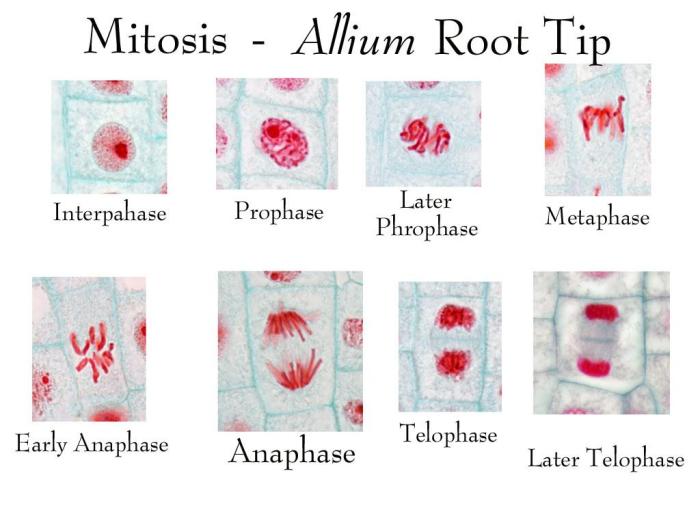
Studying mitosis in onion root tips is essential for understanding cell division and its regulation. Mitosis is a fundamental process in living organisms, responsible for growth, development, and tissue repair. Onion root tips are an excellent model system for studying mitosis due to their rapid cell division and easily observable chromosomes.
The cell cycle consists of two main phases: interphase and mitosis. Interphase is the longer phase, during which the cell grows, replicates its DNA, and prepares for mitosis. Mitosis is the shorter phase, during which the replicated chromosomes are separated and distributed into two daughter cells.
Materials and Methods
Materials:
- Onion bulbs
- Microscope slides
- Coverslips
- Acetocarmine stain
- Dissection tools (scalpel, forceps)
Procedure:
- Cut the root tips (approximately 1 cm) from onion bulbs and place them in a dish of water.
- Treat the root tips with acetocarmine stain for 5-10 minutes.
- Dissect the stained root tips onto microscope slides and add a coverslip.
- Observe the slides under a microscope using different magnifications.
Observations and Data Collection, Mitosis lab onion root tip answers
In onion root tip cells, mitosis can be identified by observing the characteristic features of each stage:
- Interphase:Chromosomes are not visible, and the nucleus appears as a large, round structure.
- Prophase:Chromosomes condense and become visible, and the nuclear envelope begins to break down.
- Metaphase:Chromosomes align at the equator of the cell.
- Anaphase:Sister chromatids separate and move to opposite poles of the cell.
- Telophase:Chromosomes reach the poles, the nuclear envelope reforms, and the cell membrane pinches in the middle, dividing the cell into two daughter cells.
To collect data, count the number of cells in each stage of mitosis and record the results in a table.
Data Analysis and Interpretation
The mitotic index is a measure of cell division activity and is calculated as the percentage of cells in mitosis:
Mitotic Index = (Number of cells in mitosis / Total number of cells) x 100
A high mitotic index indicates rapid cell division, while a low mitotic index indicates slower cell division.
Factors that can affect the mitotic index include:
- Plant growth conditions (temperature, light, nutrients)
- Environmental factors (stress, chemicals)
Answers to Common Questions: Mitosis Lab Onion Root Tip Answers
What is the purpose of studying mitosis in onion root tips?
Onion root tips are an ideal material for studying mitosis due to their rapid cell division and easily observable chromosomes.
How do you prepare onion root tip cells for observation?
Onion root tips are treated with a fixative to preserve their structure, then stained to enhance the visibility of chromosomes.
What are the key stages of mitosis?
The key stages of mitosis are prophase, metaphase, anaphase, and telophase, each characterized by distinct chromosome arrangements and behaviors.
How is the mitotic index calculated?
The mitotic index is calculated by dividing the number of cells in mitosis by the total number of cells observed.
What factors can affect the mitotic index?
Factors such as plant growth conditions, environmental stresses, and genetic factors can influence the mitotic index.
